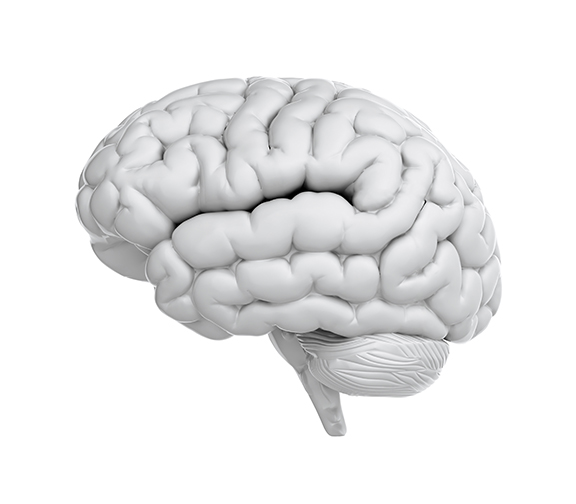According to a team of scientists at the University of Nebraska Medical Center (UNMC) and Longevity Biotech, Inc., neuroprotection could be attained in preclinical models by a novel drug candidate that changes immune responses. The results, published on December 16 in the Journal of Neuroscience, describe the prevention of nerve cell damage in a mouse model of Parkinson’s disease. Notably, the drug protected nerve cells that produce dopamine, which is the chemical responsible for agility and movement that is lost in human disease.
“The idea was birthed nearly a decade ago when specific types of circulating blood cells called lymphocytes were found to damage the types of nerve cells responsible for disease,” says Howard Gendelman, M.D., the Margaret R. Larson Professor and chair of the UNMC Department of Pharmacology and Experimental Neuroscience. “The new Longevity Biotech drug (LBT-3627) was able to change the function of these cells from killing the nerve cells to protecting them. This is especially significant for the Nebraska team, as the mechanism parallels closely the human trials nearing completion for Parkinson’s patients.”
According to Longevity Biotech, LBT-3627 is similar to the naturally occurring vasoactive intestinal peptide (VIP), a well-established anti-inflammatory peptide. It is rapidly degraded by the body and is unable to distinguish between its two naturally intended receptors (VPAC1 vs. VPAC2). These limitations have stymied prior translational success using VIP.
In contrast, LBT-3627 specifically targets VPAC2 and demonstrates impressive biological durability. Scott Shandler, Ph.D., co-founder and CEO of Longevity Biotech, says LBT-3627 has the potential to be administered orally, which would further improve its clinical prospects and make it more accessible for people with Parkinson’s disease.
Preclinical studies performed by the UNMC team demonstrated that LBT-3627 could achieve up to 80 per cent protection of dopamine-producing nerve cells in a mouse model of Parkinson’s disease. Furthermore, the immune transformation also affected primary scavenger cells, called microglia cells, that were found ultimately responsible for the neuroprotective activities observed that halted brain damage.









